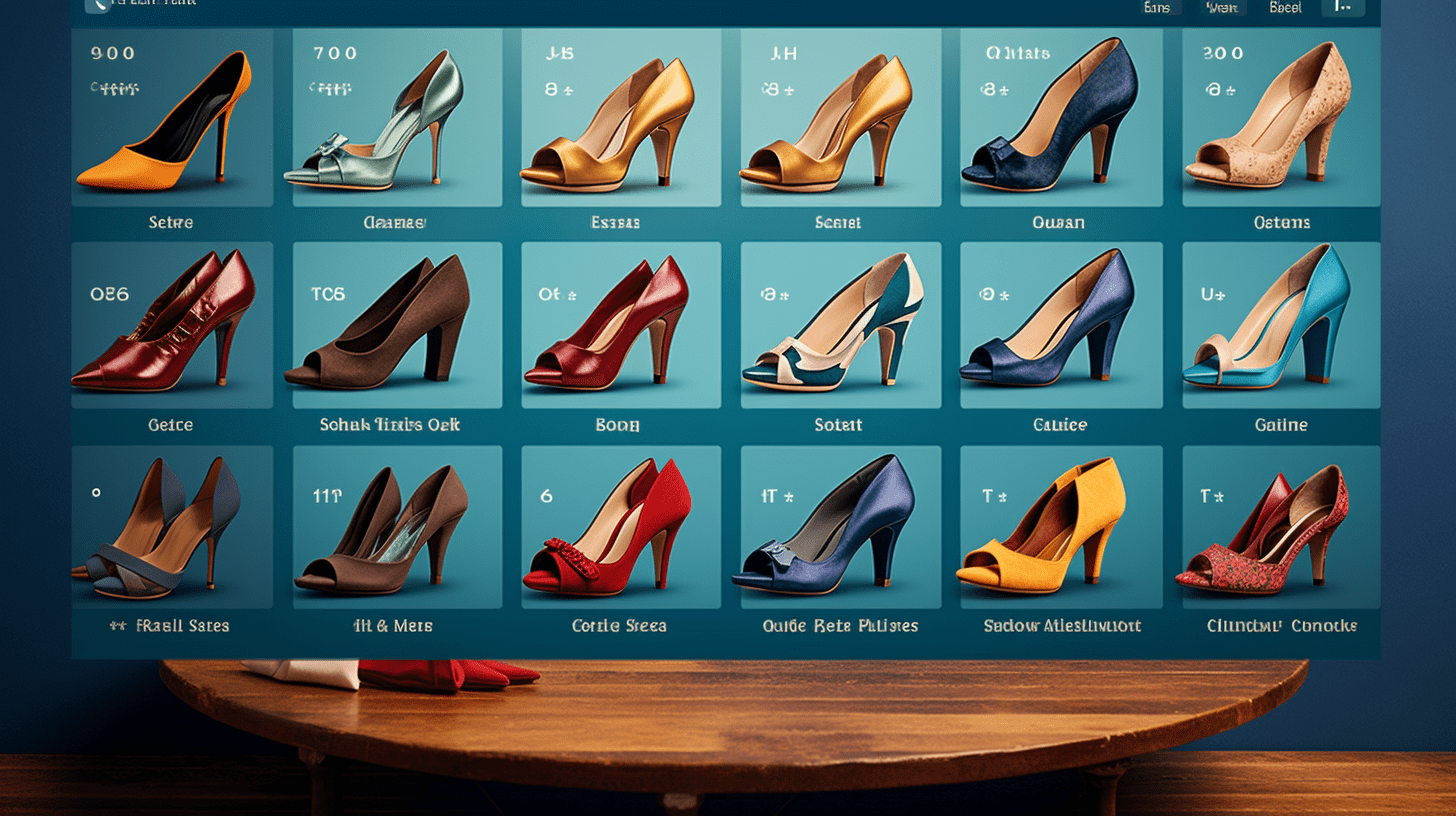Product images play a crucial role in ecommerce, as they provide customers with visual representations of your products. However, unoptimized images can negatively impact website performance, user experience, and search engine visibility. By optimizing your product images, you can improve loading times, enhance the overall user experience, increase search engine rankings, and ultimately drive higher conversion rates. In this article, we will explore effective techniques to optimize product images for ecommerce.
1. Image Compression: Compressing your product images reduces their file size without significantly compromising quality. Large image file sizes can slow down website loading times, leading to a poor user experience and increased bounce rates. Use image compression tools or plugins to reduce file sizes while maintaining acceptable image quality. Strike a balance between file size reduction and image clarity to optimize loading speeds and retain visual appeal.
2. Alt Text Optimization: Alt text (alternative text) is important for accessibility and search engine optimization. Alt text describes the content of an image and is displayed when the image cannot be loaded or read by screen readers. Optimize alt text by providing clear, concise, and descriptive information about the product and its key features. Include relevant keywords to improve search engine visibility and increase the chances of your product images appearing in image search results.
3. Image Resizing: Resize product images to the appropriate dimensions for your website. Large images that are resized using HTML or CSS can still slow down loading times. Instead, resize the images before uploading them to your ecommerce platform. Maintain a balance between image dimensions and quality to ensure fast loading while preserving visual clarity.
4. File Format Selection: Choose the appropriate file format for your product images. The most common formats for web images are JPEG, PNG, and GIF. JPEG is suitable for photographs and complex images, offering a good balance between file size and image quality. PNG is ideal for images with transparency or a limited color palette. GIF is commonly used for animated images. Consider the characteristics of each format and choose the one that best suits your image type and quality requirements.
5. Image SEO Optimization: Optimize your product images for search engines by including relevant keywords in the image file names, captions, and surrounding text. This helps search engines understand the content and context of the images, improving their chances of being indexed and appearing in relevant search results. Use descriptive and keyword-rich file names, add captions or alt text, and ensure the images are placed within relevant and keyword-optimized content.
6. Mobile-Friendly Optimization: With the rise of mobile shopping, it’s crucial to optimize product images for mobile devices. Ensure that your images are responsive and adapt to different screen sizes and resolutions. Test the loading speed and visual appearance of product images on mobile devices to provide a seamless and engaging experience for mobile users.
By implementing these image optimization techniques, you can improve website performance, enhance user experience, increase search engine visibility, and drive higher conversion rates. Regularly monitor your website’s loading times and image performance to identify any areas that require further optimization. Remember, visually appealing and optimized product images are essential for attracting and engaging customers in the competitive ecommerce landscape.
